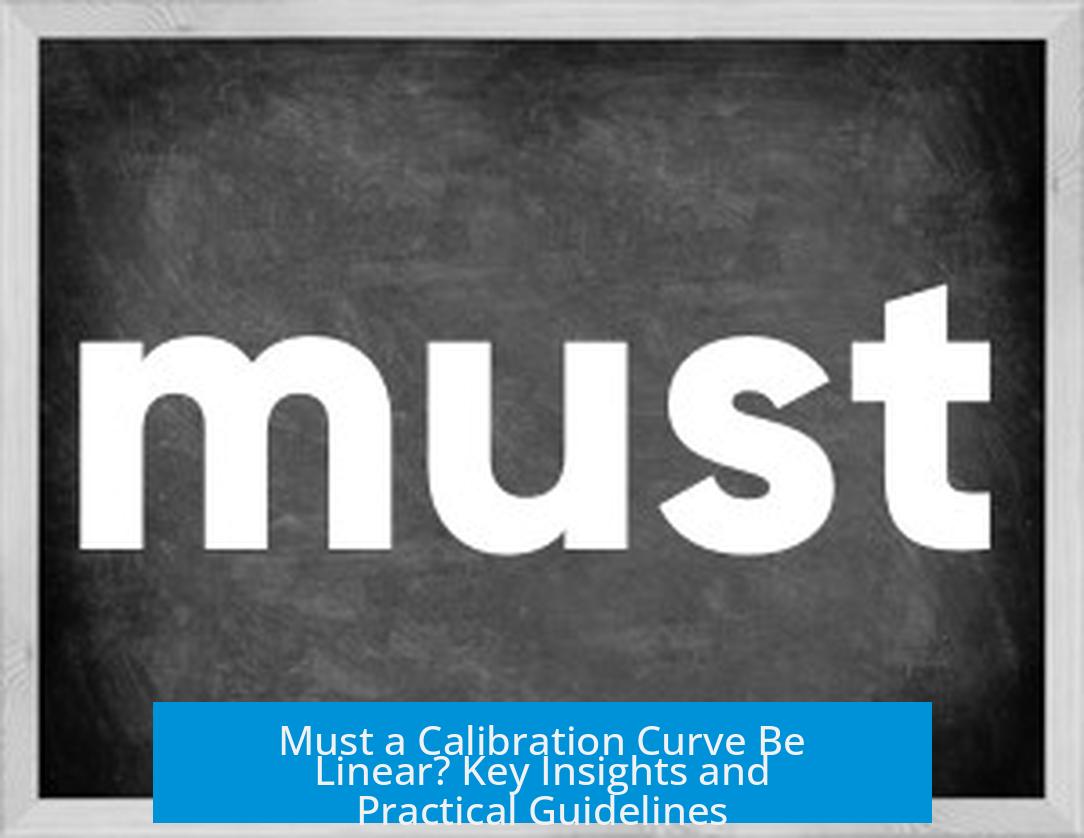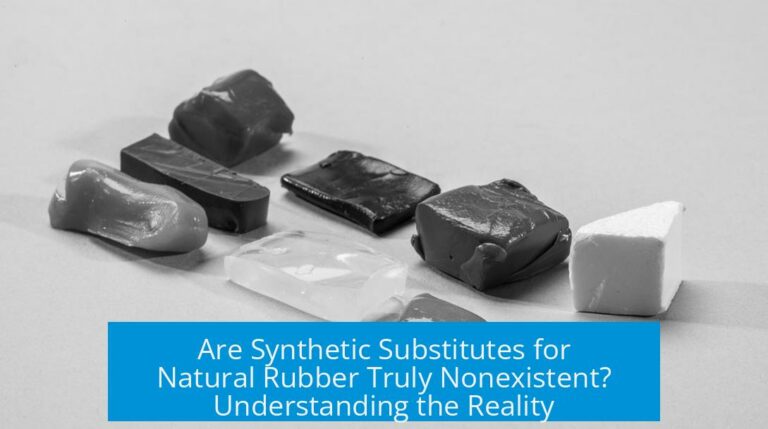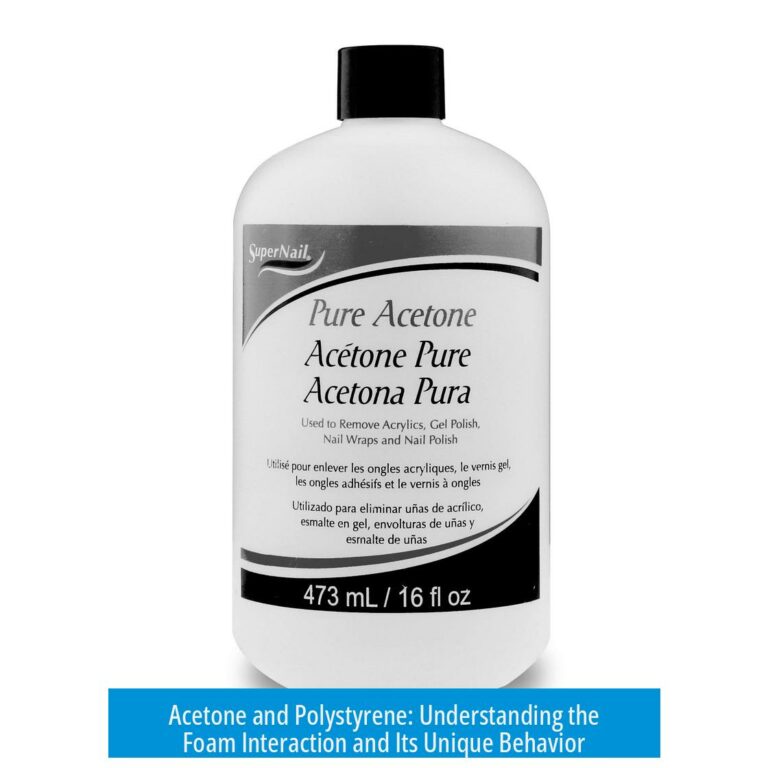Must a Calibration Curve Necessarily Be Linear?
A calibration curve does not necessarily have to be linear. Its primary role is to connect an instrument’s response with the analyte concentration. While linear curves offer simplicity and ease of interpretation, calibration curves can be nonlinear depending on the measurement system, analyte nature, and concentration range. The critical factor is that the mathematical model used describes the data accurately and is justifiable based on the underlying chemistry and instrumentation. Linearization is preferred when valid, but nonlinear models can be more accurate and informative under complex conditions.
Understanding Calibration Curves
Calibration curves graph the relationship between observed signals and known analyte concentrations. They serve as tools to estimate unknown sample concentrations from measured responses. Because the relationship depends on measurement methods and analyte characteristics, its shape may vary.
- Many calibration curves appear linear, especially at low concentrations.
- The term “calibration curve” implies the general form may be curved or nonlinear.
- Ultimately, the curve represents a model mapping responses to concentrations.
A curve’s linearity is desirable for clarity, but not essential. The key is developing a robust mathematical function that fits the observed data points accurately.
The Role of Curve Linearity
Linear calibration curves simplify concentration estimations. They exhibit a direct proportion between signal and analyte amount.
- Linear models are easier to fit mathematically.
- They typically provide smaller residuals within the linear dynamic range.
- Fitting a straight line reduces error propagation in concentration estimates.
However, linearity only holds within specific limits. At higher analyte concentrations, signals may plateau or saturate, causing deviations.
Advantages and Drawbacks of Linear Versus Nonlinear Curves
Advantages of Linear Calibration Curves
Linear curves produce a straightforward relationship requiring fewer parameters. They allow for rapid computations and often yield higher confidence in estimated concentrations.
- Linear regression is widely understood and easy to verify statistically.
- Most analytical methods aim for a linear response to reduce complexity.
- Linear fits generally have better reproducibility within their valid range.
Limitations of Forcing Linearity
Instruments or analytes sometimes produce nonlinear responses. Forcing a linear fit may distort results, especially near saturation points.
- Linearizing inherently nonlinear data can hide significant errors.
- Small signal changes near curve asymptotes lead to large concentration errors.
- Ill-fitting linear models may generate misleading confidence in measurements.
Nonlinear curves, though more complex, reveal regions with higher uncertainties. This understanding helps avoid misinterpretation.
Dependence of Calibration Curve Shape on Instrumentation and Analyte
The shape of a calibration curve depends on many factors.
- Instrument type and detection mechanism influence response linearity.
- Analyte chemistry, molecular weight, or functional groups can cause nonlinearities.
- Concentration range determines whether detector saturation or signal suppression occurs.
Examples of Nonlinear Calibration Curves
- Mass Spectrometry: Higher mass compounds with multiple functional groups may yield quadratic or more complex curves.
- Immunoassays: Often encompass saturation, dynamic, and depletion ranges, yielding S-shaped calibration profiles.
- Gel Permeation Chromatography (GPC): Polymer analyses may fit best with third-order polynomial functions.
- ELISA and ICP: Logarithmic or nonlinear curves are common depending on assay design and sample matrix.
Nonlinearity sometimes signals system problems. Ion optics issues in mass spectrometry often produce nonlinear responses below certain molecular masses.
Modeling Considerations and Physical Meaning
Choosing a curve fit involves more than data fitting accuracy—it also requires physical justification.
- Models with physical meaning enhance interpretability and reliability.
- Purely polynomial fits may fit data well but lack insight since coefficients hold no direct chemical meaning.
- Instruments often have known response mechanisms, guiding appropriate model selection.
Calibration curves should reflect the expected relationship. For instance:
- If linear response dynamics dominate, a linear model is appropriate.
- For complex ligand-binding assays, nonlinear models capture the biochemical saturation effects.
Using an incorrect model type may compromise accuracy and lead to misinterpretation of unknown samples.
Practical Guidelines for Calibration Curve Selection
- Assess Data Quality: Evaluate raw data for trends, residuals, and outliers before modeling.
- Start with Simplicity: Attempt linear fits initially within the expected linear range.
- Test Nonlinearity: Check for systematic deviations from linearity using residual analysis or statistical tests.
- Apply Appropriate Models: Use nonlinear fits if justified by chemistry or instrumental behavior.
- Understand Curve Limits: Avoid working near saturation or depletion zones where errors expand.
- Document and Validate: Justify model choice and validate with independent samples to ensure reliability.
Summary Table: Linear vs Nonlinear Calibration Curves
| Aspect | Linear Calibration Curve | Nonlinear Calibration Curve |
|---|---|---|
| Fit Complexity | Simple, one slope and intercept parameter | More complex, multiple parameters (e.g., polynomial, logistic) |
| Ease of Interpretation | Straightforward | Requires detailed understanding |
| Accuracy Across Range | High within linear range | Better for wide dynamic ranges or saturation effects |
| Physical Meaning | Often linked to proportional response mechanisms | May represent biological or instrumental nonlinearities |
| Risk of Misuse | Low if linear assumption holds | Higher if unclear model justification |
Key Takeaways
- A calibration curve does not have to be linear; its main role is accurately fitting signal vs concentration data.
- Linear calibration curves are desirable for simplicity and accuracy within the linear dynamic range.
- Nonlinear calibration curves arise naturally in many analytical methods due to instrumental or chemical effects.
- Forcing linearity where it does not exist can cause large errors and mislead results.
- Choosing a calibration model should consider the physical basis of the measurement system and data quality.
- Proper validation and justification of the calibration curve form are essential for reliable concentration determination.





Leave a Comment